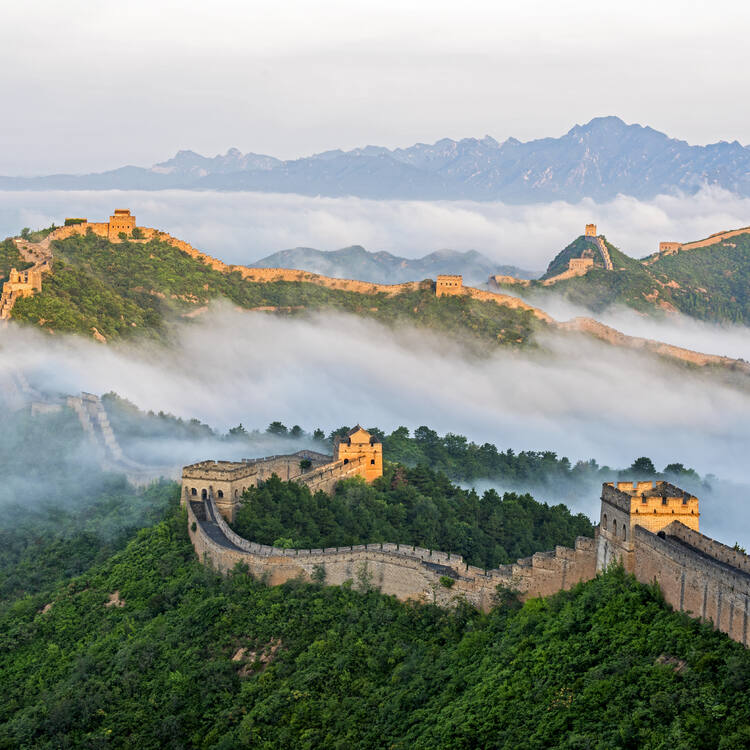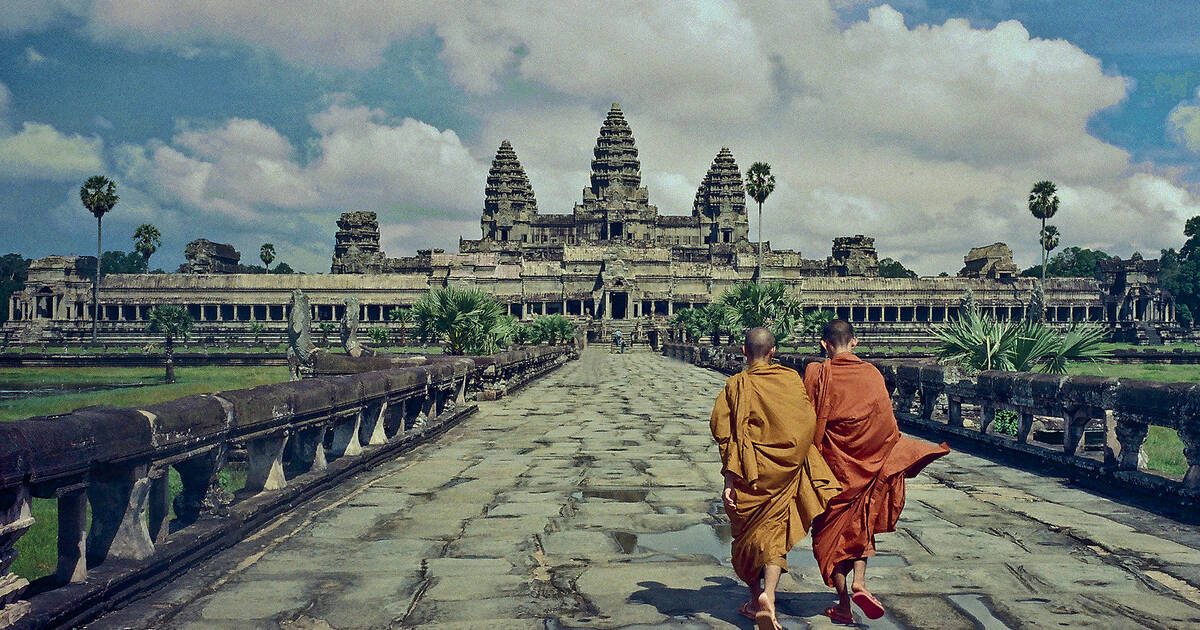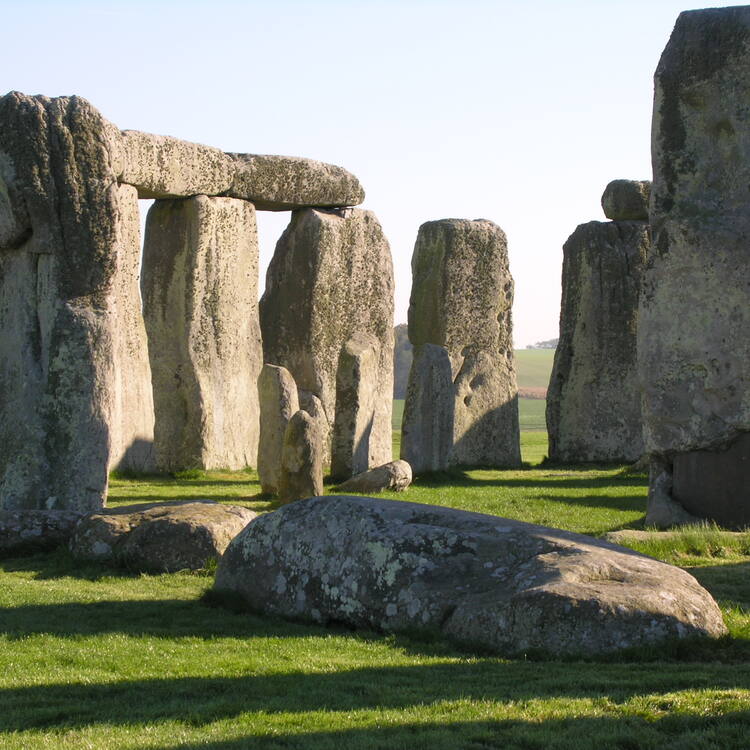UNESCO World Heritage Sites
Discover the world’s most extraordinary cultural and natural treasures, officially recognized for their outstanding universal value to humanity.
UNESCO World Heritage Sites represent the pinnacle of human achievement and natural wonder. These extraordinary locations have been carefully selected from thousands of nominations worldwide, each meeting strict criteria for outstanding universal value. From ancient civilizations to pristine wilderness areas, these sites tell the story of our planet’s incredible diversity and humanity’s remarkable legacy.
The World Heritage Convention, adopted in 1972, created a unique international framework for protecting both cultural and natural heritage of exceptional importance. Today, over 1,100 sites across 167 countries bear this prestigious designation, making them some of the most sought-after destinations for travelers seeking beautiful places that have shaped our world.
Iconic UNESCO World Heritage Sites
These legendary destinations represent the most famous and visited UNESCO World Heritage Sites, each offering unique insights into human civilization and natural magnificence.

Machu Picchu, Peru
The Lost City of the Incas, perched dramatically on a mountain ridge 2,430 meters above sea level. This extraordinary 15th-century Inca citadel showcases remarkable architectural precision and astronomical alignment, representing one of humanity’s greatest archaeological treasures.

Taj Mahal, India
The eternal symbol of love, this ivory-white marble mausoleum exemplifies Mughal architecture at its finest. Built by Emperor Shah Jahan as a tomb for his beloved wife Mumtaz, it combines Islamic, Persian, and Indian architectural elements in perfect harmony.

Great Wall of China
Stretching over 13,000 miles across northern China, this monumental fortification system represents the greatest military architecture project in human history. Built over centuries by various dynasties, it showcases extraordinary engineering prowess and strategic military planning.

Angkor Wat, Cambodia
The world’s largest religious monument, originally constructed as a Hindu temple complex in the early 12th century. This magnificent Khmer architectural masterpiece later transformed into a Buddhist temple, featuring intricate stone carvings and remarkable hydraulic engineering.

Petra, Jordan
The Rose City, carved directly into pink sandstone cliffs by the Nabataeans over 2,000 years ago. This archaeological wonder served as a crucial trading hub connecting Arabia, Egypt, and the Mediterranean, featuring elaborate rock-cut architecture and sophisticated water management systems.

Stonehenge, England
This prehistoric stone circle remains one of archaeology’s greatest mysteries. Built in stages between 3100 and 1600 BCE, this Neolithic monument demonstrates sophisticated astronomical knowledge and engineering capabilities of ancient British civilizations.
Understanding UNESCO Classifications
UNESCO recognizes three distinct categories of World Heritage Sites, each representing different aspects of our planet’s exceptional value:
Cultural Heritage
Monuments, buildings, and sites with historical, artistic, or scientific significance. These include ancient wonders, religious complexes, and architectural masterpieces that represent human creative genius and cultural traditions.
Natural Heritage
Outstanding natural wonders featuring exceptional beauty, scientific importance, or biodiversity. These pristine environments showcase Earth’s geological processes, ecological systems, and evolutionary development.
Mixed Heritage
Rare sites that satisfy both cultural and natural criteria, demonstrating the intricate relationship between human civilization and natural environment. These exceptional locations represent the harmony between nature and culture.
Conservation and Global Responsibility
UNESCO World Heritage status brings both prestige and responsibility. Each designated site becomes part of humanity’s shared inheritance, protected through international cooperation and binding legal frameworks. The World Heritage Committee monitors conservation efforts, provides technical assistance, and can place sites on the List of World Heritage in Danger when threats arise.
Conservation challenges vary dramatically across different sites. Climate change threatens glacial environments and coastal areas, while urban development pressures endanger historic city centers. Tourism, though economically vital, requires careful management to prevent overtourism damage. Modern conservation efforts combine traditional techniques with cutting-edge technology, including 3D documentation, satellite monitoring, and community-based protection programs.
The success of World Heritage conservation depends on collaboration between governments, local communities, conservation organizations, and international partners. Many sites have become models for sustainable tourism, demonstrating how heritage sites can balance preservation with responsible visitor access.
Planning Your UNESCO World Heritage Adventure
Visiting UNESCO World Heritage Sites requires thoughtful preparation to maximize your experience while respecting these precious locations. Many sites have visitor quotas, advance booking requirements, or seasonal access limitations designed to protect their integrity.
Consider timing your visits during shoulder seasons when crowds are smaller and conservation impacts reduced. Research each site’s specific guidelines, cultural protocols, and photography restrictions. Many locations offer guided tours led by certified heritage interpreters who provide deeper insights into historical significance and ongoing preservation efforts.
For comprehensive travel planning assistance and expert guidance on visiting these extraordinary destinations, explore our detailed destination guides and insider recommendations. Whether you’re drawn to mysterious ancient ruins, breathtaking natural landscapes, or architectural marvels, UNESCO World Heritage Sites offer transformative travel experiences that connect you with the very best of human achievement and natural splendor.
Discover More Phenomenal Places
Explore our comprehensive guides to the world’s most extraordinary destinations and start planning your next adventure to these remarkable UNESCO World Heritage Sites.
